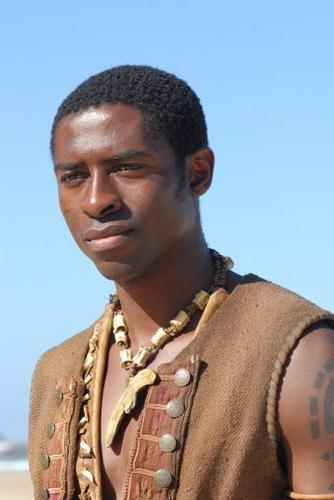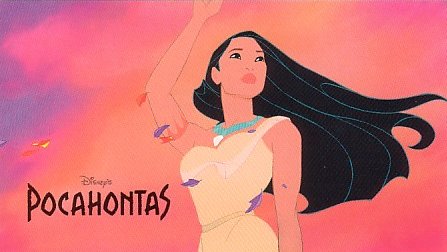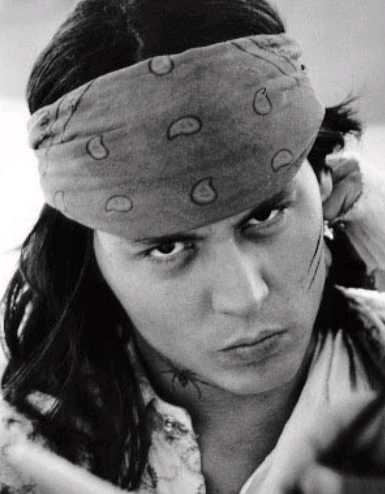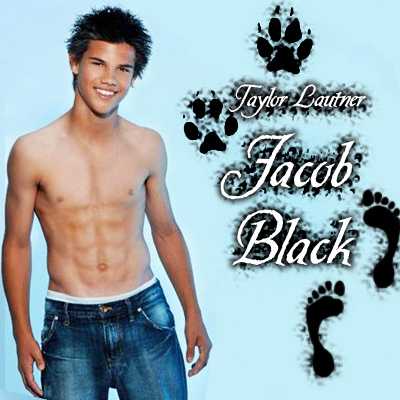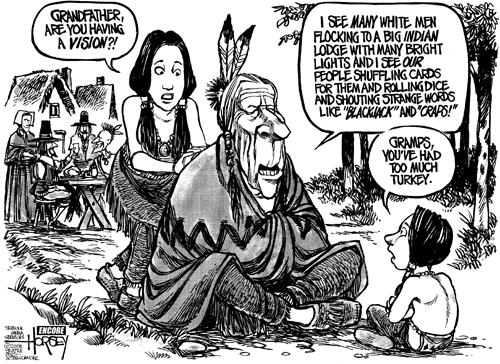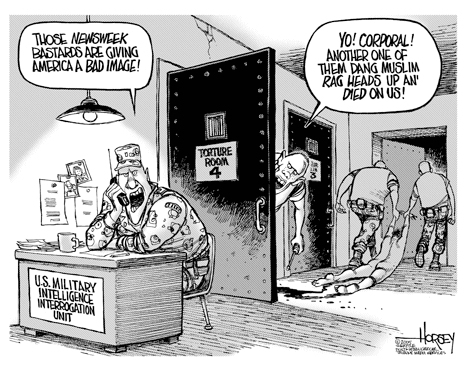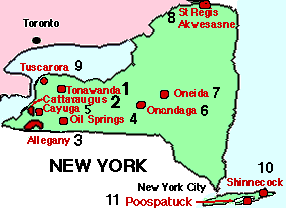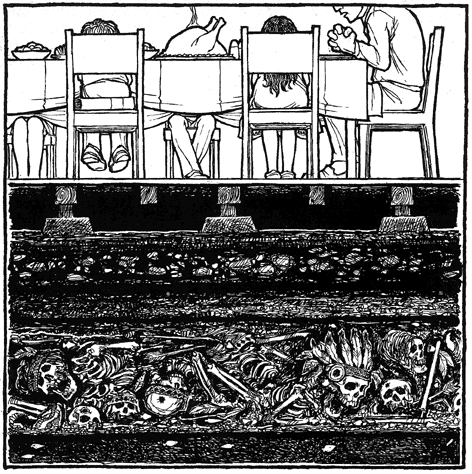Producers of the award-winning PBS history series “American Experience” are nearing completion of “We Shall Remain”--a five-part series of 90-minute documentary films that will air each week for five consecutive weeks beginning on April 13.
In addition to the films, “We Shall Remain” has a massive multi-media and community outreach component that includes mentoring emerging Native filmmakers, a national library initiative, and a coalition of Native organizations and tribes, historical societies, museums, schools and other groups to plan and sponsor activities that promote understanding of local Native history and contemporary life.
The films--the heart of the project--represent major epochs in American Indian history and the overarching themes of the indigenous peoples’ unwavering resilience and resistance to the Europeans’ settler colonial project and its encroachment on aboriginal territories.
“After the Mayflower” deals with the 17th century European invasion and first contact with the Wampanoag Indians in Massachusetts, and the decades leading up to the brutal King Philips War that devastated the northeastern woodlands tribes and settlers alike.
“Tecumseh’s Vision” stars actor Michael Greyeyes, Plains Cree, as the brilliant leader Tecumseh with his steadfast vision of a pan-Indian movement, and Billy Merasty, Cree First Nation, as his brother Tenskwatawa, who was known as The Prophet.
“Trail of Tears” relates the tragic ethnic cleansing of the Cherokee Nation from its southeast homeland in which 4,000 people died of disease and starvation along the way.
“Geronimo” is the story of the controversial Apache warrior-hero, who was seen as a savage terrorist to the white settler colonists; a hero to some Apaches, who still take pride in the fact that they were the last to lay down their arms to the Europeans; and a troublemaker to others who blamed him for the collective punishment the tribe suffered.
“Wounded Knee” examines the broad political and economic forces that led to the emergence of the American Indian Movement in the late 1960s and the events that triggered the group’s takeover of Wounded Knee on Pine Ridge Reservation in South Dakota and its 71-day standoff with federal troops.
“Many times what happens is that the general public throughout the world thinks of us as just a lot of victims of the Europeans. Well, this story here deals with, you know, our input in the way things turned out. We had a huge hand in our historic fate and I think this particular story and the character I’m playing, Major Ridge addresses that. It’s the most historically accurate telling of this story that I’ve seen in my lifetime,” Studi said.
The film series and its massive outreach initiatives will go a long way in repairing the woefully inadequate misrepresentations of American Indian history in the country’s educational institutions and in popular culture.
Most of these subjects have appeared in documentaries and films before. The one I'm looking forward to is Tecumseh, who is rarely if ever covered.
The dramatic reenactments should help significantly. Most documentaries have an academic tone that limits their appeal.
For more on the subject, see The Best Indian Movies.
P.S. If PBS wants to create a buzz about We Shall Remain, it should send me copies to review in advance. (Hint.)





